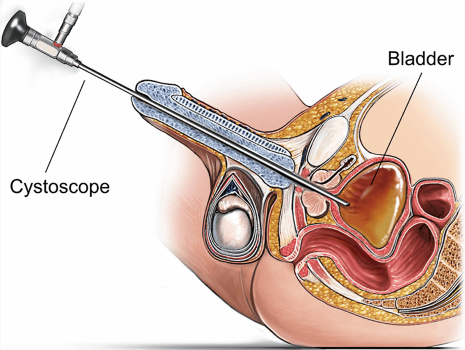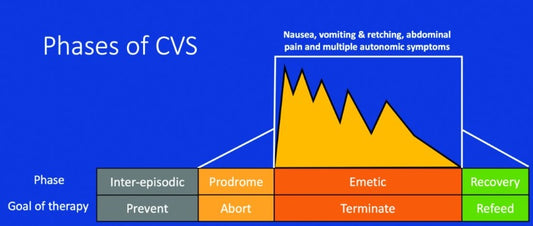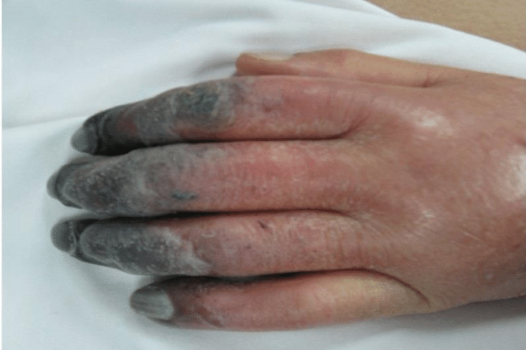featured Cystoscopy
On by ZimSeller Pharmacy 0 comments
Cyclothymia
On by ZimSeller Pharmacy 0 comments
Cyclospora
On by ZimSeller Pharmacy 0 comments
Cyclical vomiting syndrome
On by ZimSeller Pharmacy 0 comments
Cyanosis
On by ZimSeller Pharmacy 0 comments
Cuts and grazes
On by ZimSeller Pharmacy 0 comments
CT scan
On by ZimSeller Pharmacy 0 comments





















